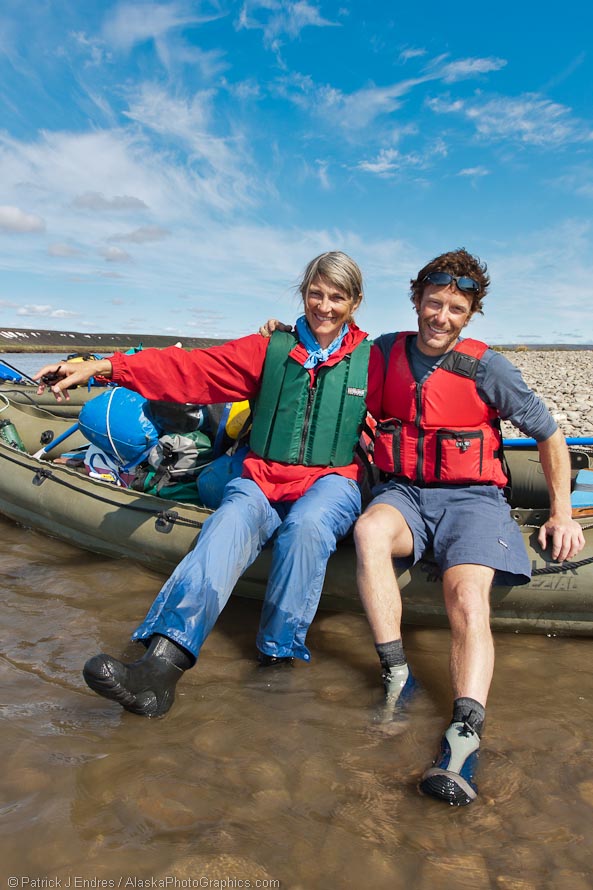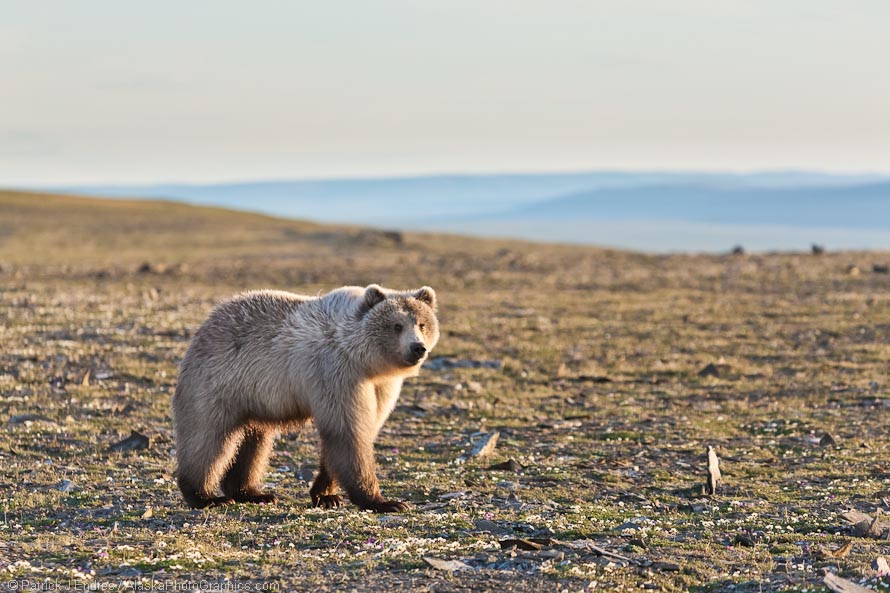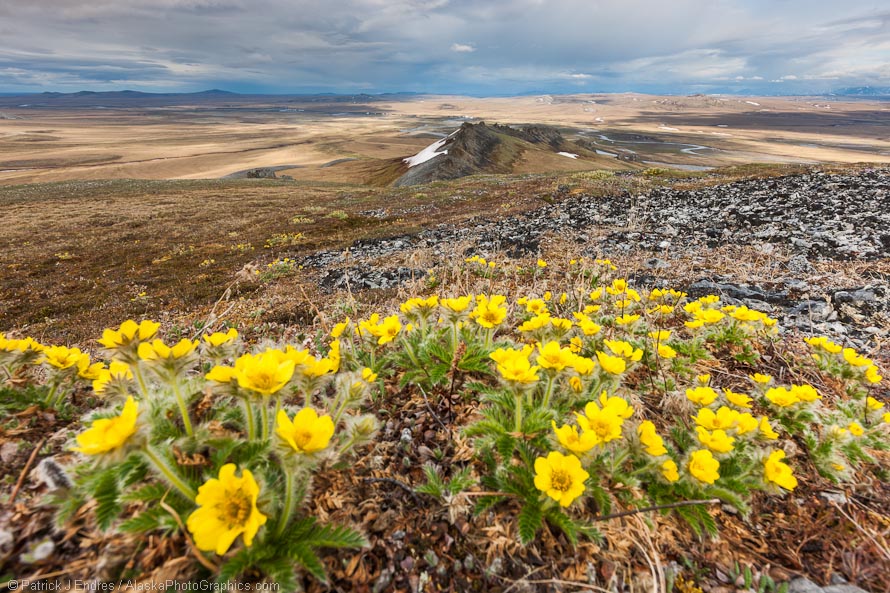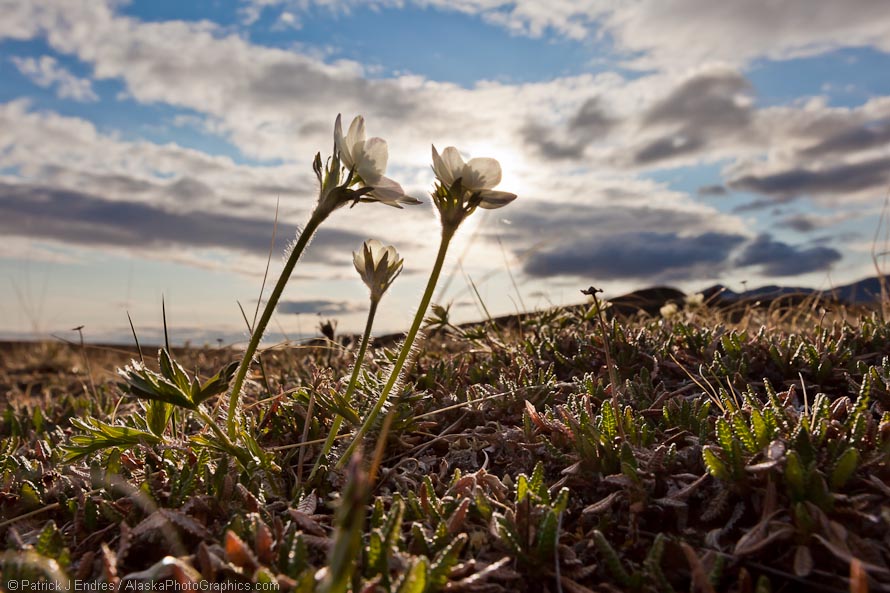
Author Debbie Miller and I were canoe partners on the Nigu, Etivluk and Coleville river trip through the National Petroleum Reserve Alaska.
I’ve been photographing regions of Alaska’s arctic for a book project that came to completion recently. On Arctic Ground is authored by Debbie Miller, a long time Alaskan author, and published by the Mountaineers Books. During two specific trips over the past few years, I photographed regions within the National Petroleum Reserve, a giant section of land in Alaska’s arctic. Both of those trips loom large in my memory for their epic wilderness setting, adventure, and the magical, compressed infusion of life that happens during the arctic’s nightless summer skies.
The book advocates for and showcases the wildlife sensitive habitat regions of this large area. Here is a quote from the feature on Amazon:
Fossilized dinosaur bones. Caribou tracks, both ancient and new. Wide open spaces. Vast migrations… The National Petroleum Reserve Alaska is more than a natural resource it s a place of rare, unprotected beauty. Originally set aside by President Harding in 1923 as a back-up resource for military fuel needs, the National Petroleum Reserve Alaska is home to half a million migrating caribou, countless migrating birds from all over the world, and, surprisingly, one of the largest Polar dinosaur fossil beds in the Arctic. The Reserve is also the largest piece of undisturbed public land in the United States yet few outside of Alaska have ever heard of it.
On Arctic Ground, from Braided River, the conservation imprint of Mountaineers Books, features a series of vignettes written by well-loved Alaskan author Debbie S. Miller (Midnight Wilderness) about the astonishing array of wildlife she has encountered over many seasons exploring the Reserve. Additionally, former Secretary of the Interior Bruce Babbitt writes the book’s preface, drawing on his years of experience managing both the economic and biological resources of the Reserve.
Miller’s vignettes are accompanied by images from an array of award-winning conservation photographers. The book also features essays and insight from Alaskan writers and science authorities including wildlife biologist Jeff Fair and senior Audubon Alaska scientist John Schoen as well as an essay and audio download by noted Alaska writer and soundscape artist Richard Nelson. Paleontologists Jack Horner and Patrick Druckenmiller share the most recent research and remarkable discoveries associated with dinosaur studies in the Alaskan Arctic.
This book will serve as a platform to bring greater public awareness to the opportunities for permanently preserving the significant biological areas and wildlife that thrive within the Reserve
In previous posts I’ve discussed my experiences in these great locations: the Nigu and Etivluk river and the Utukok Uplands. Below are a few photos that are included in the book

Grizzly bear stands in the midnight sun along Archimedes ridge, Utukok uplands, National Petroleum Reserve Alaska, Arctic, Alaska.

Spring blooming flowers on Puvakrat mountain, National Petroleum Reserve, Alaska.

Hikers along Puvakrat mountain, along the Etivluk river and the Brooks range mountains, National Petroleum Reserve, Alaska.

View of the Nigu river looking south at the Brooks range mountains, Gates of the Arctic National Park, Alaska.







